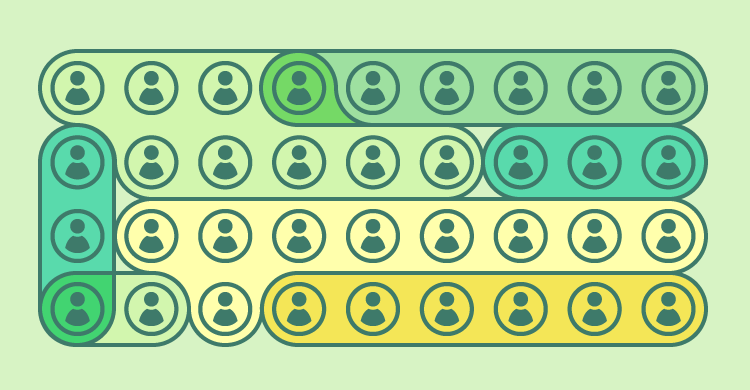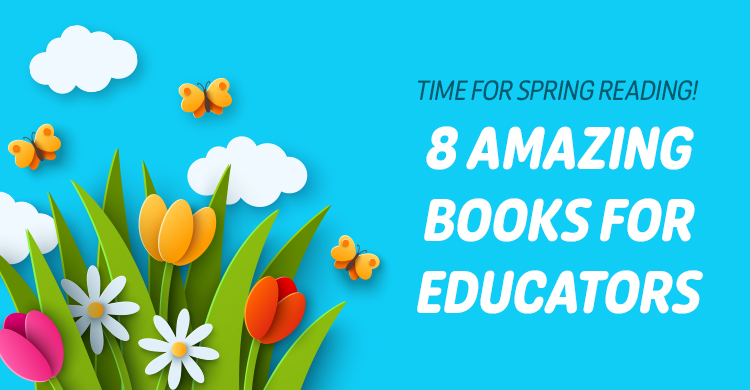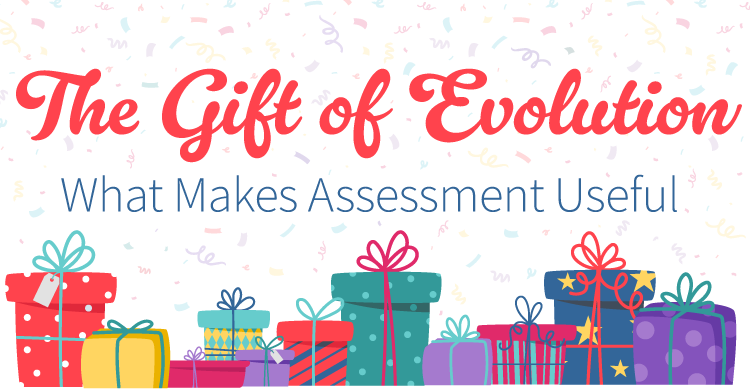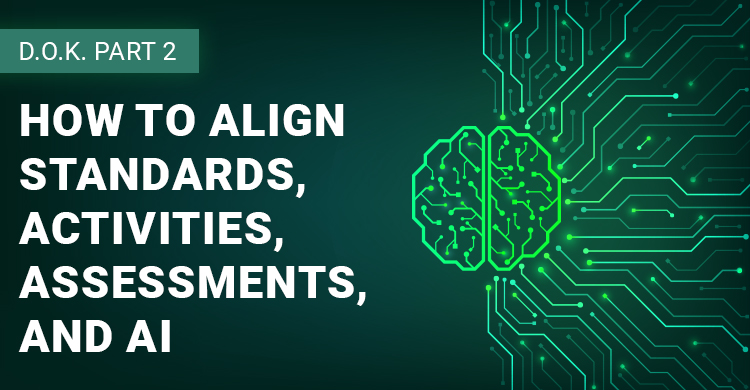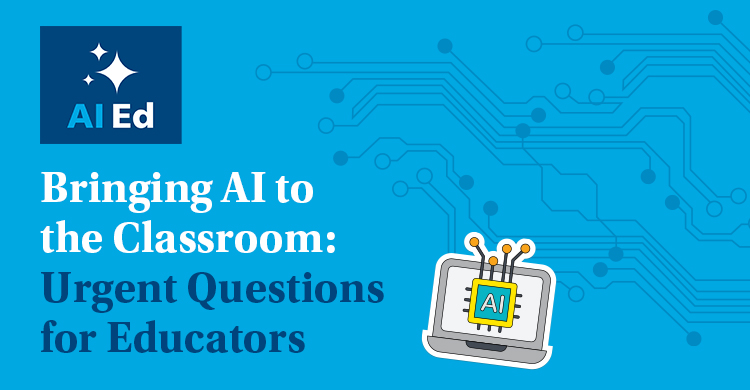Collaboration is critical to everyone’s success – especially learners in the classroom. In the early days of exploring brain research implications for the classroom, Pat Wolff was adamant that the speaker is always the learner (Wolff, 2010). Doug Fisher suggests that the Common Core speaking and listening standards are so critical to a learner’s success that every discipline and every state should consider employing them because they help learners ‘consolidate’ their learning (Fisher, April 13, 2015).
But teachers are often burdened with how and when to form groups. They are quick to note a myriad of complications: some learners don’t like to collaborate; some learners find it unfair as they feel they must do all of the work; some learners complain that groups can become boring or stagnant over time, and so on. Before forming groups, it’s important to first consider the work involved. There are many activities that learners must do collaboratively in the classroom:
- Peer editing/review
- Error analysis
- Collaborative projects
- Discussion
- Practice/problem solving
- Brainstorming
- Unit reviews
And the list could continue. Because specific things have to happen to reinforce learning during those activities, teachers will want to be careful about who they put in the various groups. And, it’s important to engage learners in different groupings throughout the learning experience.
Consider, for example, the following framework that a team of teachers uses across their classrooms with all of their learners. When learners enter the classroom, they look at the board for the letter or string of letters that will inform them as to how they should organize themselves for the lesson they are about to experience.
A = Assigned (teacher discretion based on reteaching/intervention needs.) This letter is placed on the board after learners have been made aware of which learning targets they are going to be addressing through more focused efforts. It is a data driven decision and the learners have their own data to support their various learning needs. In the A grouping, learners may be engaged in conducting error analysis, engaging in discussion, reviewing content or processes, engaging in extensions or enrichments, and so on.
B = Buddy (student choice, but learners are encouraged to find different buddies throughout the term.) On B days, learners are engaged in brainstorming, discussion, reflection activities, and so on. This is a generative and play based grouping when the stakes are low and fun or creativity are highly desired features of the activity.
C = Collaborative Project (teacher identification of 3 – 5 learners of mixed abilities in a group for 2 – 6 week collaborative projects.) The letter C is on the board when collaboration is a focal point so learning activities will be very structured and ultimately assessed. The groupings are intentional and mixed abilities are involved. Social learning happens when the teacher outlines specific stretch activities that the team members do in order to ensure success for all.
D = Design and Destination Work (teacher identification of 2 – 3 peers of like abilities to work together on feedback and goal setting activities.) Such groupings allow the teachers the opportunity to differentiate as they move in and among the various groupings. Learners work together to engage in practice, error analysis, peer review, reflection, goal setting, discussing concerns/needs, tracking progress against specific learning expectations, and so on.
E = Everyone (whole group work for instruction, discussion, debate, setting criteria, collaborative scoring, error analysis, practicing feedback, and so on). When E is on the board, learners know that they will still have a high level of collaborative interaction as the teacher navigates whole group discussion bu using accountability strategies that keep everyone engaged in full participation.
Sometimes, the learners might be in multiple groupings in a day and in that case the board at the front of the room will indicate the various formations for the lesson: E – C – D. The learners know they will start in whole group, engage with their collaborative team on their project for a while and then end with their detail partner(s) so they can reflect on their work for the day and track their current status with the expectations they are striving to master.
Most importantly, all collaborative work – from a think-pair-share activity to an in-depth analysis of an argument – must be thoughtfully orchestrated to generate productive group work. The work of collaboration cannot be left to chance. In the end, the organization of the groups is as important as the orchestration of the learning activities.
Resources
Fisher, D. (April 13, 2015). Keynote address “Unstoppable Learning.” Standards and Assessment Solution Tree Conference, April, 15.
Wolfe, P. (2010). Brain Matters: Translating Research into Classroom Practice (2nd Edition). Alexandria, VA : Association of Supervision and Curriculum Development.
[author_bio id=”68″]


